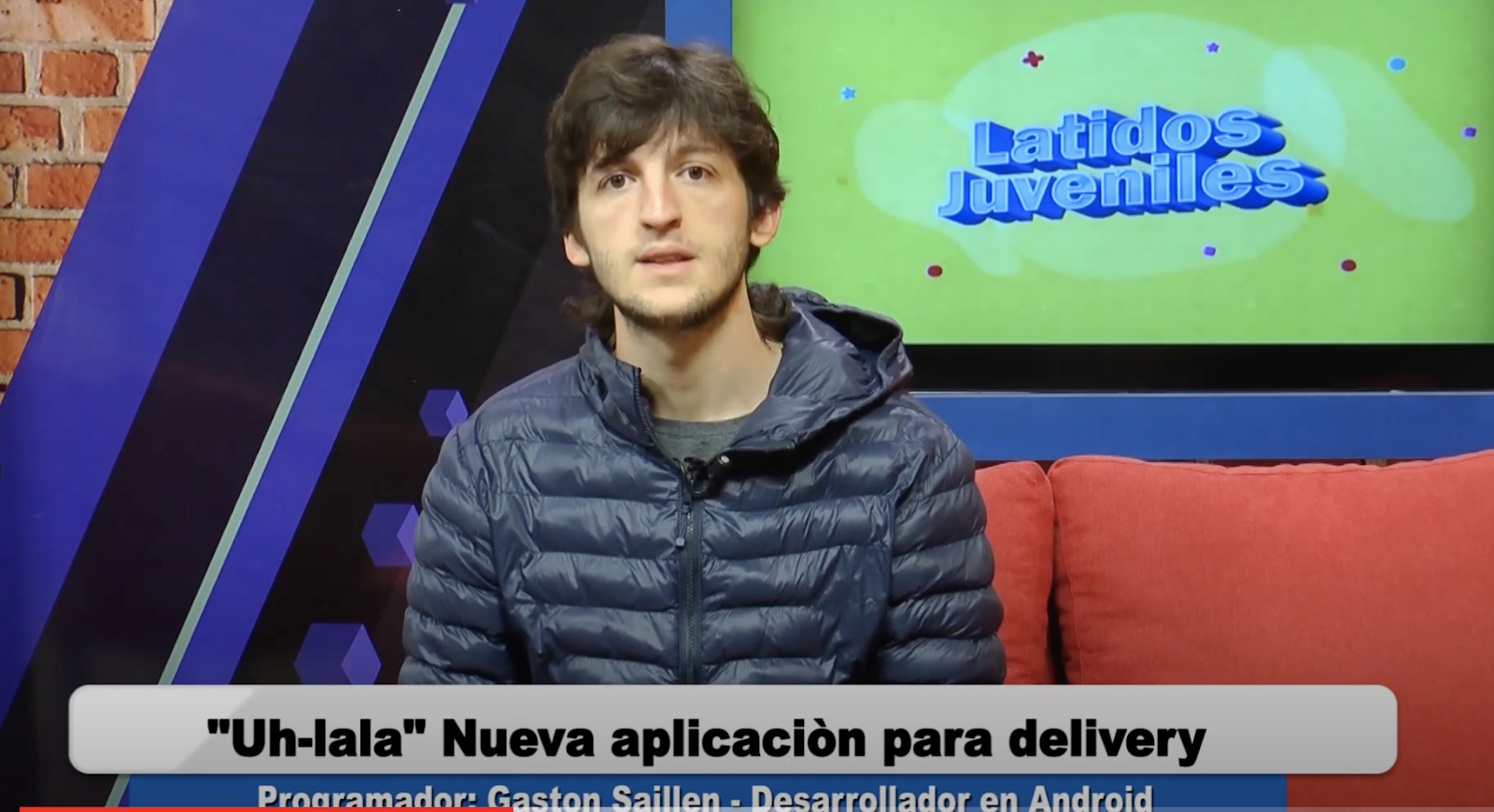Welcome to #IamaGDE - a series of spotlights presenting Google Developer Experts (GDEs) from across the globe. Discover their stories, passions, and highlights of their community work.
Gaston Saillen started coding for fun, making apps for his friends. About seven years ago, he began working full-time as an Android developer for startups. He built a bunch of apps—and then someone gave him an idea for an app that has had a broad social impact in his local community. Now, he is a senior Android developer at Distillery.
Meet Gaston Saillen, Google Developer Expert in Android and Firebase.
Building the Uh-LaLa! app
After seven years of building apps for startups, Gaston visited a local food delivery truck to pick up dinner, and the server asked him, “Why don’t you do a food delivery app for the town, since you are an Android developer? We don’t have any food delivery apps here, but in the big city, there are tons of them.”
The food truck proprietor added that he was new in town and needed a tool to boost his sales. Gaston was up for the challenge and created a straightforward delivery app for local Cordoba restaurants he named Uh-Lala! Restaurants configure the app themselves, and there’s no app fee. “My plan was to deliver this service to this community and start making some progress on the technology that they use for delivery,” says Gaston. “And after that, a lot of other food delivery services started using the app.”
The base app is built similarly to food delivery apps for bigger companies. Gaston built it for Cordoba restaurants first, after several months of development, and it’s still the only food delivery app in town. When he released the app, it immediately got traction, with people placing orders. His friends joined, and the app expanded. “I’ve made a lot of apps as an Android engineer, but this is the first time I’ve made one that had such an impact on my community.”
He had to figure out how to deliver real-time notifications that food was ready for delivery. “That was a little tough at first, but then I got to know more about all the backend functions and everything, and that opened up a lot of new features.”
He also had to educate two groups of users: Restaurant owners need to know how to input their data into the app, and customers had to change their habit of using their phones for calls instead of apps.
Gaston says seeing people using the app is rewarding because he feels like he’s helping his community. “All of a sudden, nearby towns started using Uh-LaLa!, and I didn't expect it to grow that big, and it helped those communities.”
During the COVID-19 pandemic, many restaurants struggled to maintain their sales numbers. A local pub owner ran a promotion through Instagram to use the Uh-Lala! App for ten percent off, and their sales returned to pre-COVID levels. “That is a success story. They were really happy about the app.”
Becoming a GDE
Gaston has been a GDE for seven years. When he was working on his last startup, he found himself regularly answering questions about Android development and Firebase on StackOverflow and creating developer content in the form of blog posts and YouTube videos. When he learned about the GDE program, it seemed like a perfect way to continue to contribute his Android development knowledge to an even broader developer community. Once he was selected, he continued writing blog posts and making videos—and now, they reach a broader audience.
“I created a course on Udemy that I keep updated, and I’m still writing the blog posts,” he says. “We also started the GDG here in Cordoba, and we try to have a new talk every month.”
Gaston enjoys the GDE community and sharing his ideas about Firebase and Android with other developers. He and several fellow Firebase developers started a WhatsApp group to chat about Firebase. “I enjoy being a Google Developer Expert because I can meet members of the community that do the same things that I do. It’s a really nice way to keep improving my skills and meet other people who also contribute and make videos and blogs about what I love: Android.”
The Android platform provides developers with state-of-the art tools to build apps for user. Firebase allows developers to accelerate and scale app development without managing infrastructure; release apps and monitor their performance and stability; and boost engagement with analytics, A/B testing, and messaging campaigns.
Future plans
Gaston looks forward to developing Uh-La-La further and building more apps, like a coworking space reservation app that would show users the hours and locations of nearby coworking spaces and allow them to reserve a space at a certain time. He is also busy as an Android developer with Distillery.
Gaston’s advice to future developers
“Keep moving forward. Any adversity that you will be having in your career will be part of your learning, so the more that you find problems and solve them, the more that you will learn and progress in your career.”
Learn more about the Experts Program → developers.google.com/community/experts
Watch more on YouTube → https://goo.gle/GDE
Follow us on Twitter and LinkedIn







